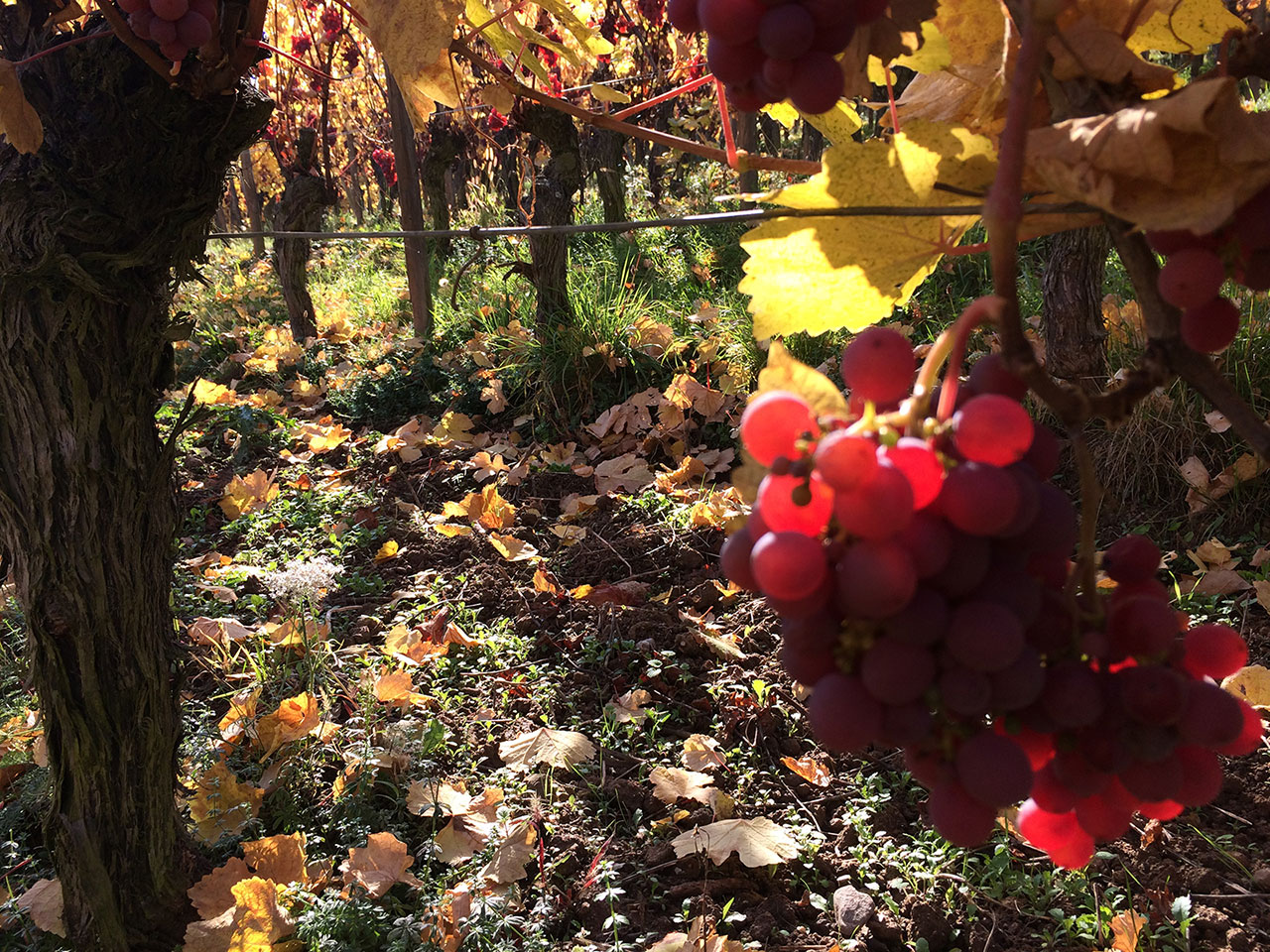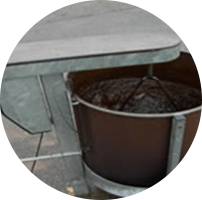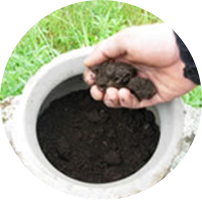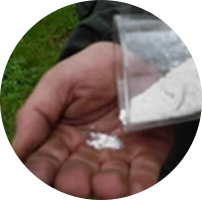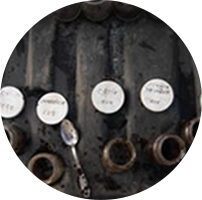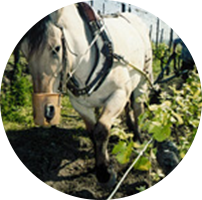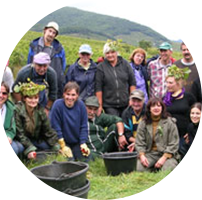Payment 100% secure
Traking order
Shipping (FR) free from 24 bottles
Payment 100% secure
Traking order
Shipping (FR) free from 24 bottles
Discover our biodynamic wines : « Les Grands Vins »
« We have made a commitment for patience and rigourous work when we decided to adopt a biodynamic approach to raise our vines. This commitment was made to bring back the generosity and the true expression of our terroirs. Our hard work is largely rewarded when comes the time of a tasting. »
Jean-Baptiste ADAM
« Without life in the soil, there cannot be a Terroir effect ».
We have chosen to produce racy wines, who give the most sincere expression of the terroir. Our vinification is custom made for each vintage.
Learn more about biodynamic winemaking and discover other biodynamic wineries across Europe in this article by WineTourism.com, featuring our estate.
The moon exercises a not insignificant influence on the ground elements. The man leans for a long time on his cycle to give rythm to his life and in particular the culture of plants. Besides the rising-downward and increasing-decreasing phases, the Moon, when it passes in front of the constellations, influences the growth of a plant and guides the works.
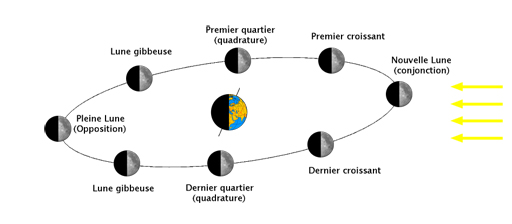
Size in perigee which causes loss of vigor or in apogee depending on the vigor sought. Somewhat weak pieces are cut in apogee. On the other hand, Black Pinots will be cut in perigee.
Our biodynamic treatments prevent the use of pesticides, and insecticides. Instead, we use natural products such as sulfur, copper, herbal tea solutions.
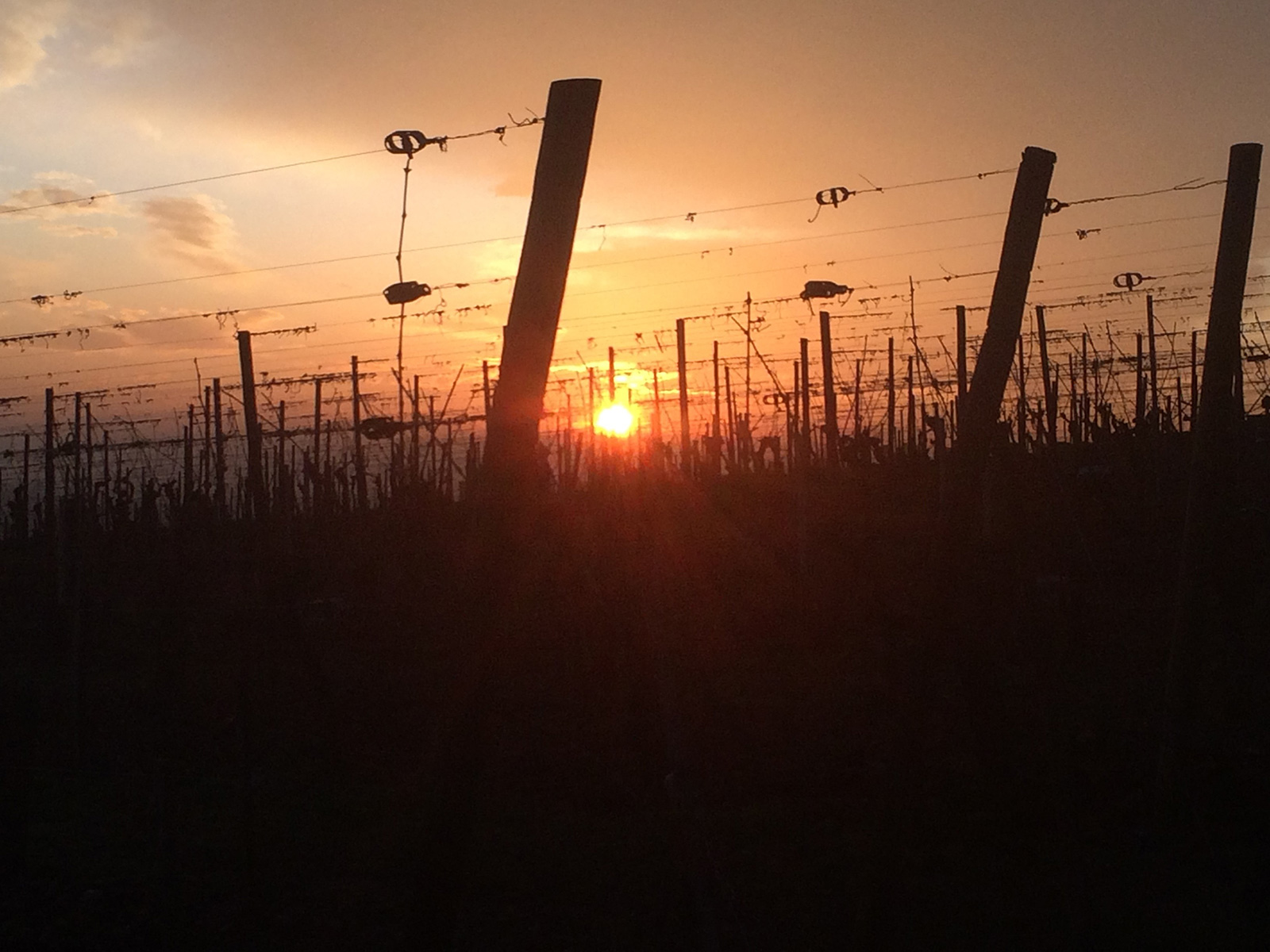
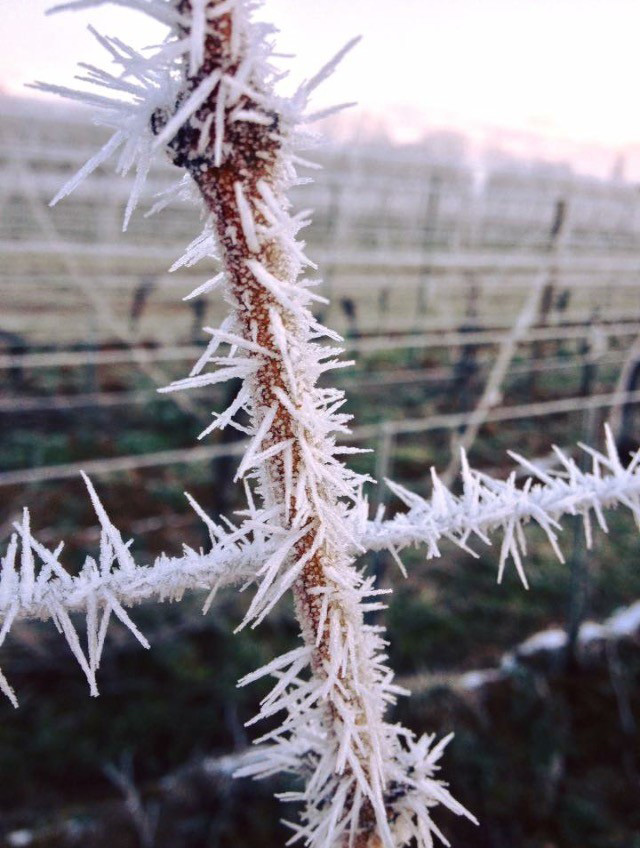 December, January, February
December, January, February
Winter pruning
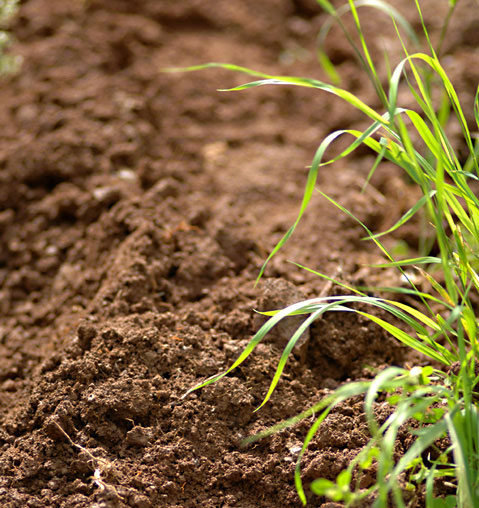 March, April
March, April
Work of the soil, plantation, vine binding
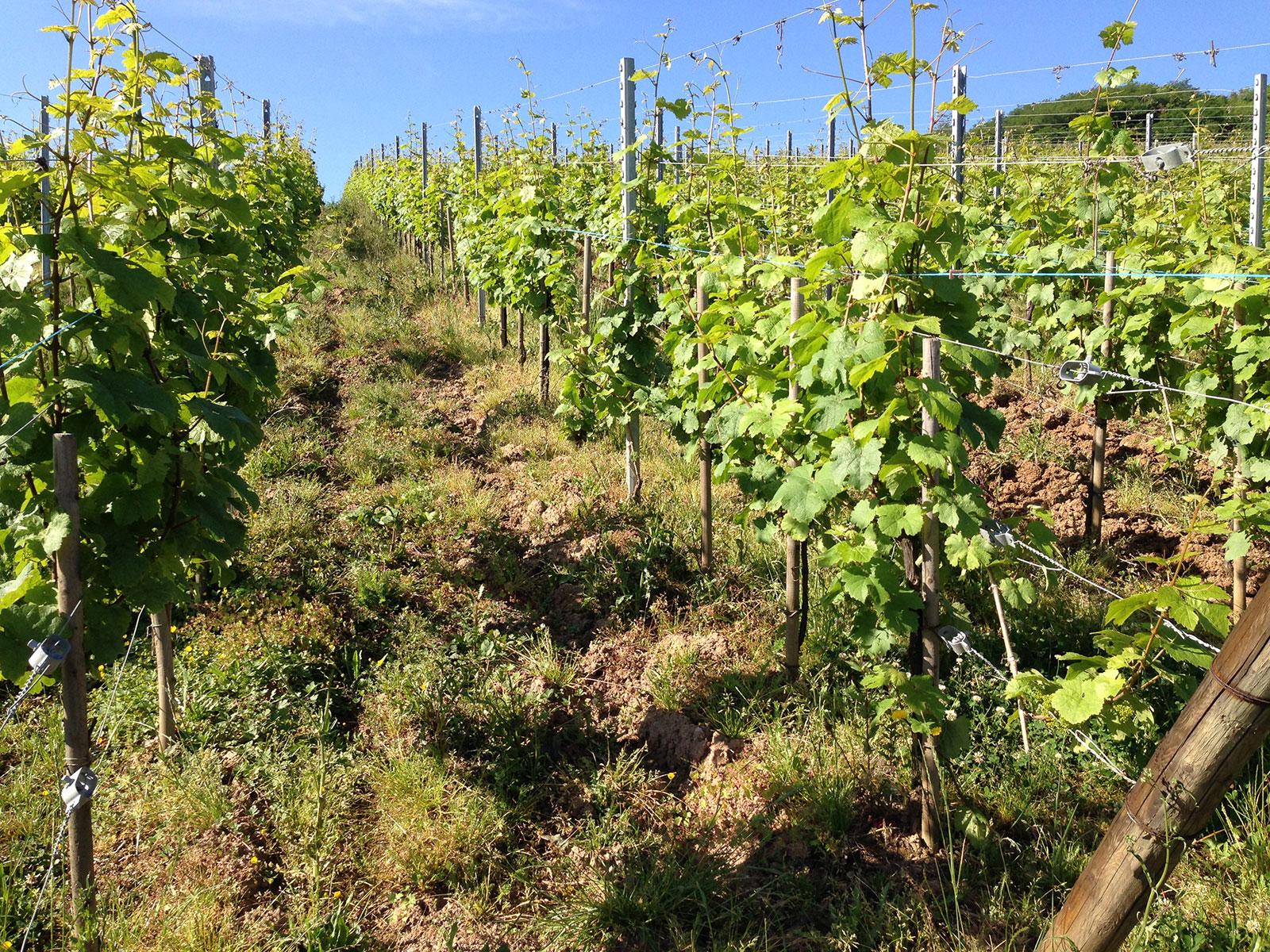 May, June
May, June
During blooming season, green work : training vine on wires, soil work, vine treatment
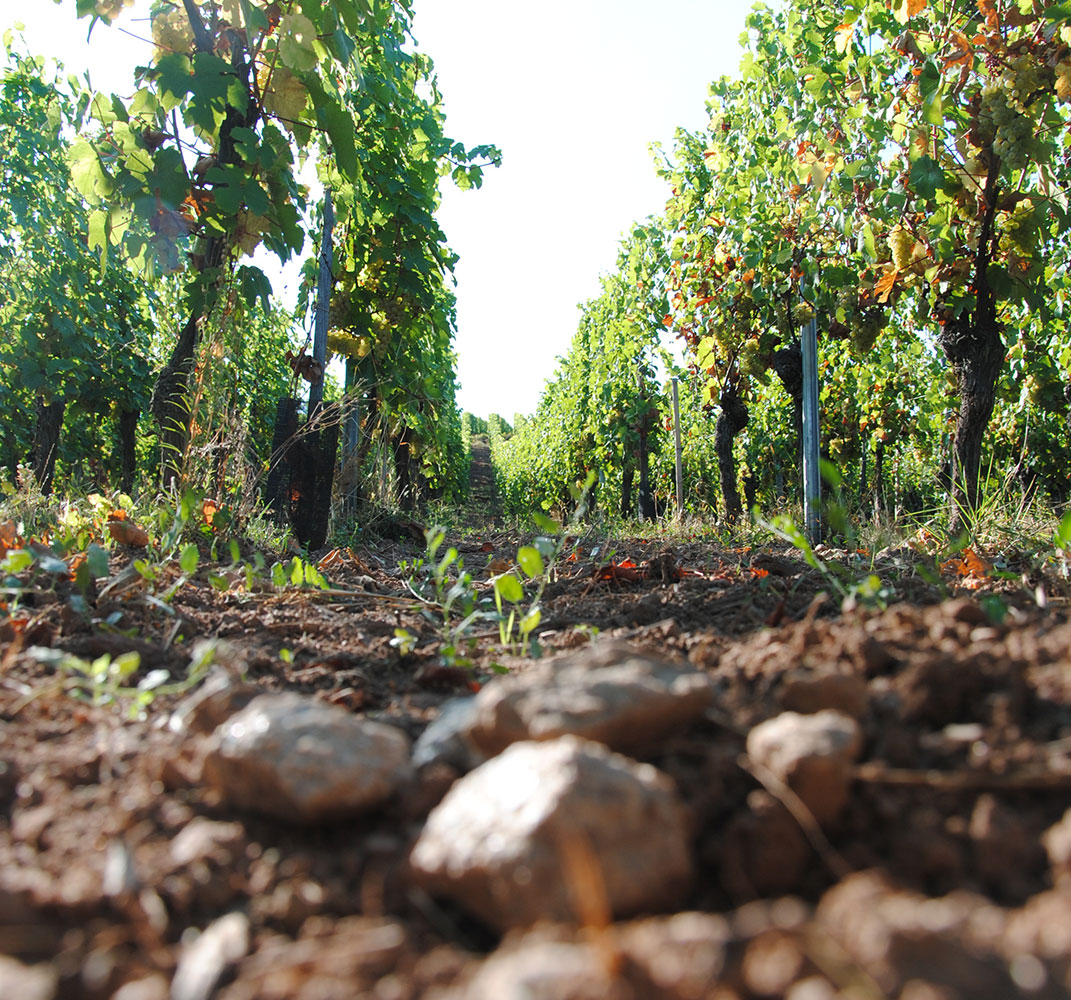 July
July
Green work of the soil : trimming, vine binding, training vine on wires, vine treatment
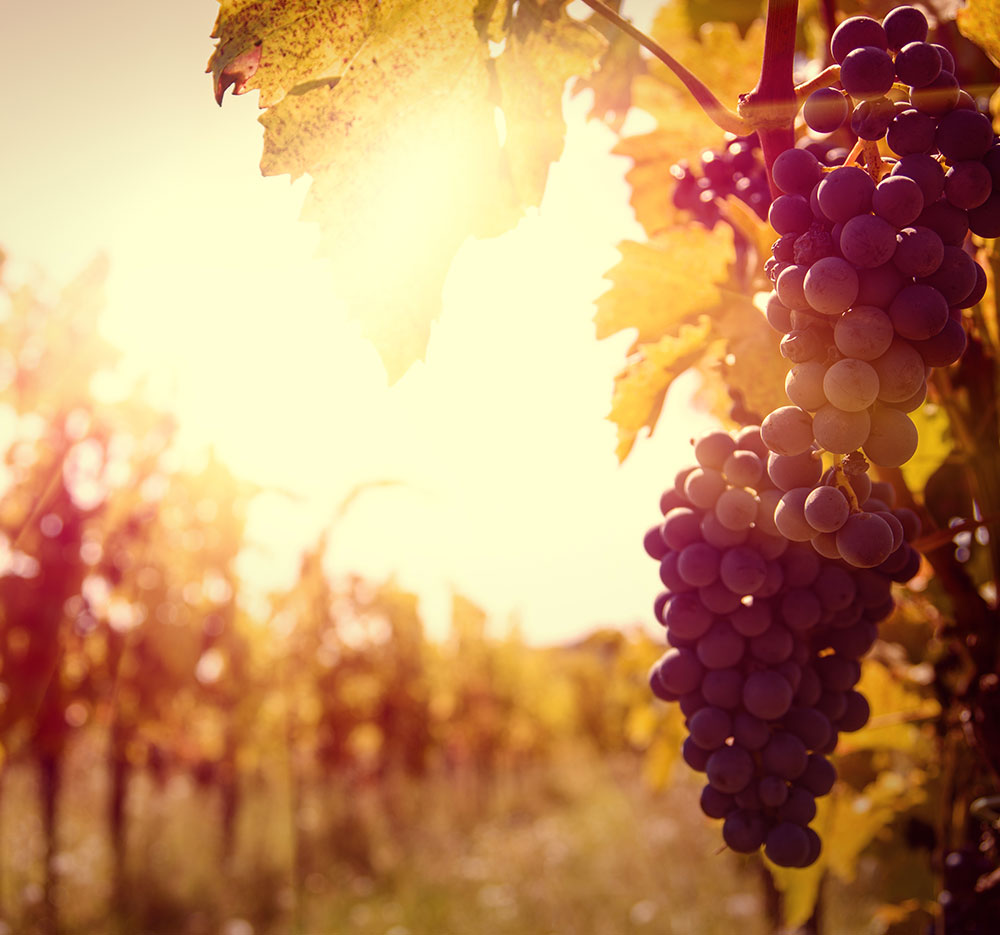 August
August
Last treatment, mowing et thinning out the leaves
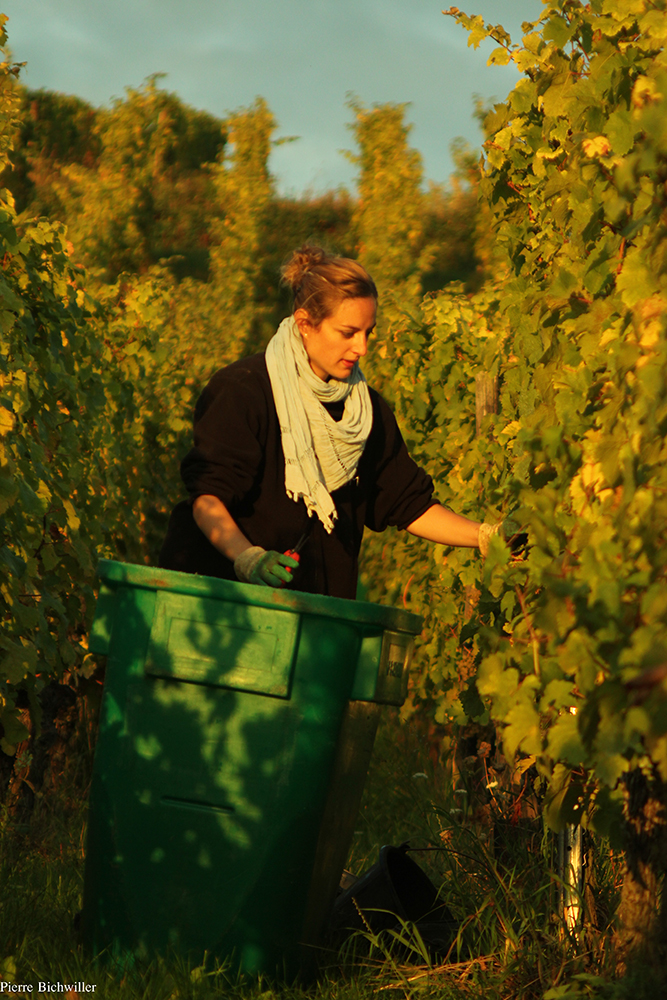 September, October
September, October
Maturation, Harvest
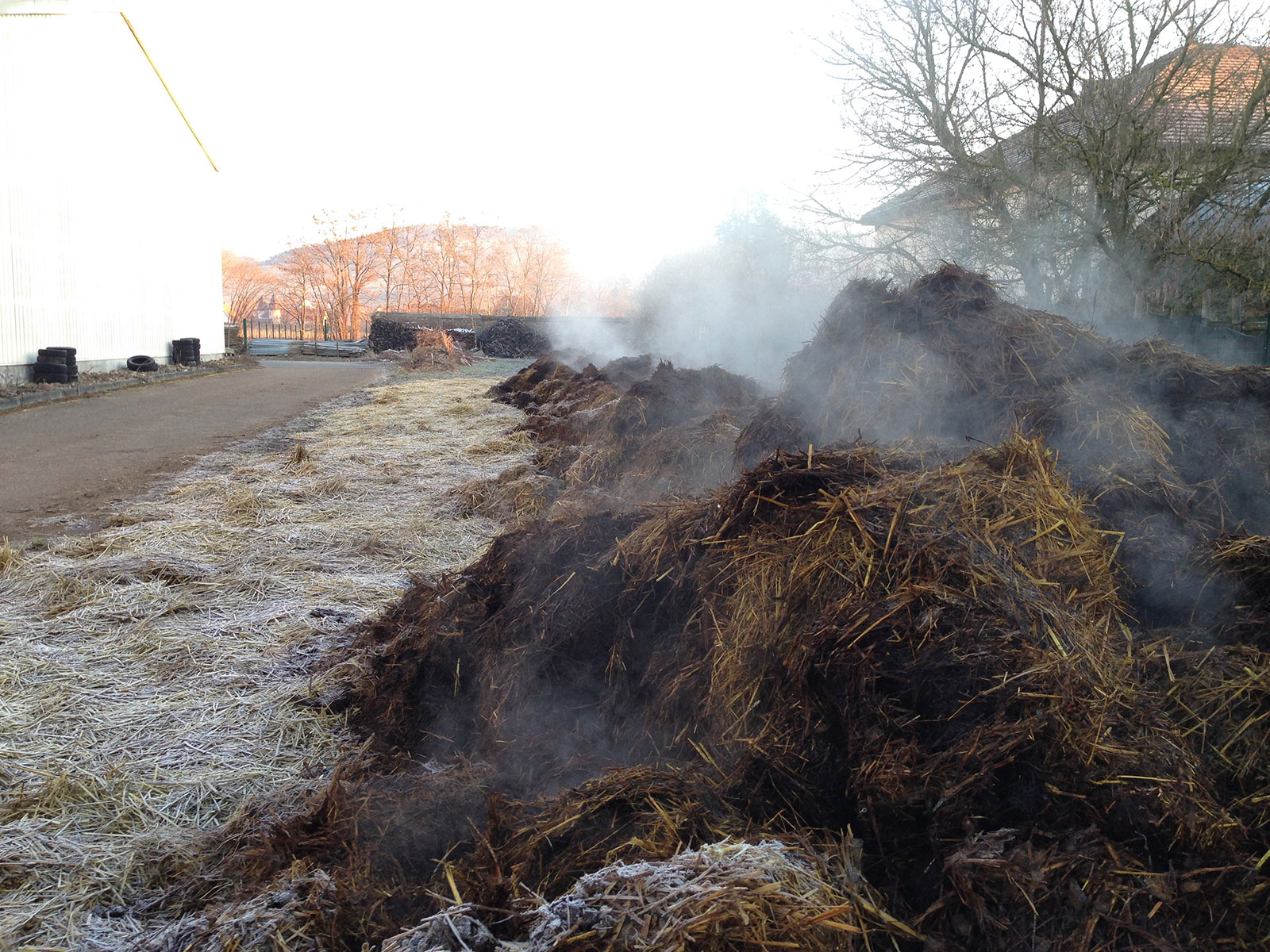 November
November
Preparation and placement of the compost
